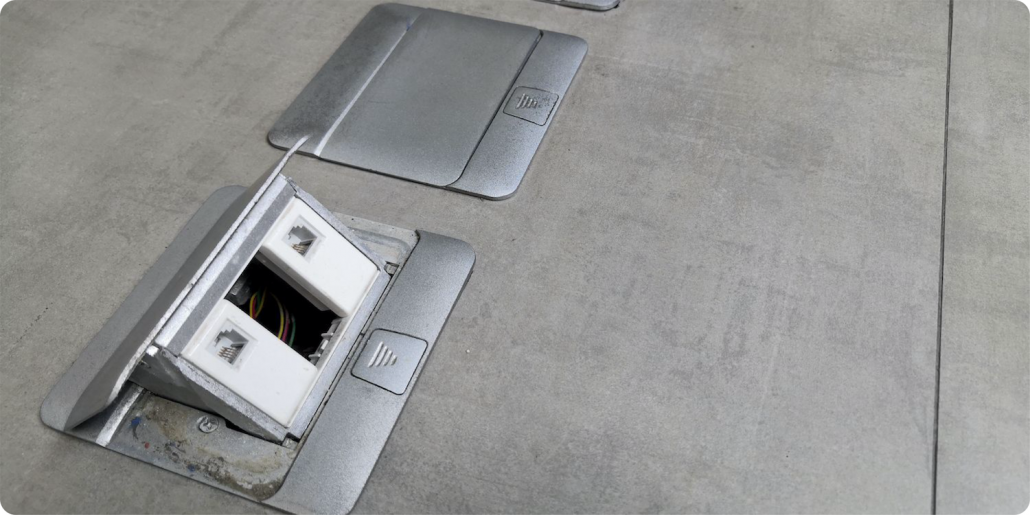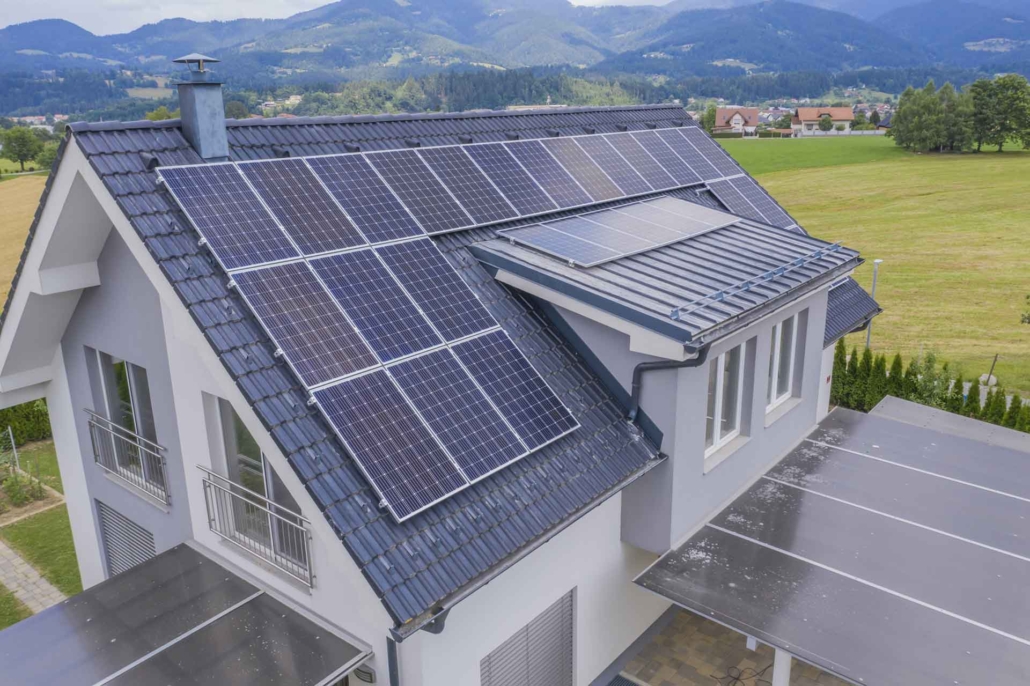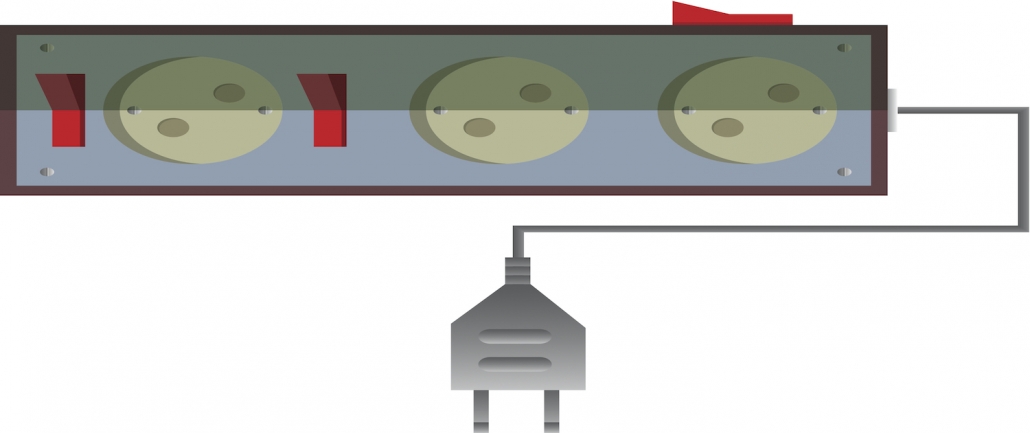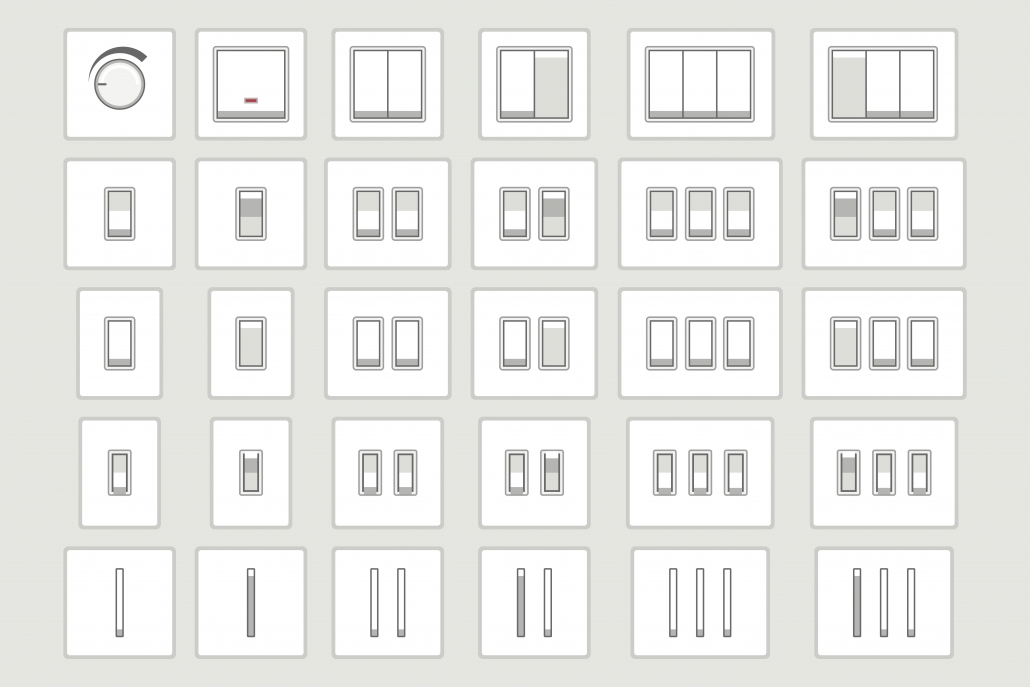October 28, 2020 | Cristina Dinulescu
According to the National Electric Code (NEC) as well as other existing local building codes, you are required to install GFCI (ground-fault circuit interrupter) in both your house and other indoor locations. A GFCI receptacle protects users from ground fault shock. This happens when the electric current travels outside the established circuit. When the outlet is located near the earth or a water source, both of which create a direct route to earth, this kind of protection is required.
A GFCI circuit breaker or a GFCI receptacle can provide users with protection. The local electrical code, which represents a set of rules any home needs to follow to pass electrical inspections, contains specific requirements regarding how GFCI protection should be obtained, according to each jurisdiction.
Even though a GFCI breaker does pretty much the same thing as the GFCI receptacle, choosing between the two is a decision one needs to make only after weighing different advantages and disadvantages both might have.
GFCI Receptacle vs Breaker: Functionality
Recognizing a GFCI receptacle can be done simply by its appearance. The GFCI comes integrated into an electrical outlet, equipped with a red or white reset button found on the outlet’s faceplate. The outlet measures the amount of energy that goes into it and when it senses a possible overload, it instantly trips the circuit.
To obtain a higher level of protection to a single outlet location, a GFCI receptacle is installed instead of a standard outlet. Still, GFCIs can be wired in two different ways, thus offering two different protection levels. Single-location wiring protects the GFCI receptacle only. If you choose the multiple-location option, the first GFCI receptacle will be protected, along with each receptacle in the same circuit, including standard ones. However, what is left unprotected is the portion between the GFCI outlet and the main service panel. For instance, if your GFCI receptacle is the fourth one in an eight outlet circuit, then the first three ones will not be receiving protection.
The entire circuit is protected by GFCI circuit breakers and these are fairly simple. If you install one breaker in the service panel, the entire circuit receives GFCI protection. This includes the wiring, appliances and all devices connected to the circuit. There may be situations in which AFCI protection is required. When this happens, dual function circuit breakers (GFCI/AFCI) should be used.
If you are looking for a solution that could provide the entire circuit with protection, then GFCI circuit breakers are a natural choice. When thinking of installing a receptacle circuit for a large patio or your garage, it would be a far better choice to wire the circuit with a GFCI breaker. This way, you can be certain that the entire circuit is adequately protected.
GFCI Receptacle | GFCI Breaker |
| Protects only 1 outlet if it’s single-location | Protects every outlet in the circuit |
| Protects downstream outlets if it’s multi-location | Only one is needed per circuit |
| Easy installation | Installed within the service panel (most likely needs professional installation) |
| Easy reset at receptacle point | Reset at the service panel level |
| Higher cost than regular receptacle (up to 10x more) | Higher cost than regular breakers (up to 10x more) |
GFCI Receptacle vs Breaker: Usage
One of the requirements part of the National Electrical Code(NEC) is to install all GFCI receptacles in easily accessible locations. For instance, installing them behind the furniture or the appliances is not permitted. The reason behind this decision is that in case the receptacle trips, you will need to reset it at its location. However, if you require protection in these locations, you might want to install GFCI breakers. When these trip, you will need to go to the service panel to reset them.
It is true that GFCI receptacles are simpler to install. However, you could consider the matter of efficiency when having to decide. So, assuming you would require GFCI protection for one or two receptacles, for specific locations like the laundry room or bathroom, you could install receptacles only at these locations.
Working on a service panel is not the simplest of tasks, not even for a DIY-er and you might not be familiar with it at all. Adding a receptacle is a considerably easier and faster job compared to replacing a circuit breaker.
There is another aspect you need to consider: size. GFCI receptacle bodies are much larger than standard ones. So, you need to consider the wall box, because the available space might affect your choice. Standard-size boxes are not large enough to permit a safe GFCI receptacle installation. This is why going for a GFCI circuit breaker might be your only option.
GFCI Receptacle vs Breaker: Cost
When having to make a decision, you should consider the aspect of cost as well. A GFCI breaker might cost you $40 or $50, versus a standard version breaker which costs $4 to $6. A GFCI receptacle’s price is somewhere around $15. Clearly, if money is an issue, then you should consider a GFCI outlet. This could work out well if really all you need to protect is one location only.
GFCI Receptacle vs Breaker: Requirements
Local electrical codes may have particular requirements that differ from the national code, which is the NEC. These requirements are certainly a factor that impacts your decision when choosing between a GFCI breaker and an outlet. The local electrical code contains specific rules for your area, so be sure to consult your local building code department.
Here are some of the requirements you should be well aware of:
GFCI Receptacle
- These receptacles need to be installed near the pool or spa, in basements, utility rooms, attached garages, and outdoors.
- It is not permitted to install the receptacle behind furniture.
- It is not permitted to install the receptacle behind freezers, refrigerators, or other appliances.
It is true that resetting a receptacle is much more convenient than resetting the breaker, as in this case you need to go all the way to the service panel to do it. However, if you require multiple-protection from a single GFCI receptacle, remember that this receptacle controls everything downstream. So, if wiring issues should appear, you will need to backtrack to locate the GFCI receptacle to reset it.
GFCI Circuit Breaker
- Breakers should be installed in electrical panels or sub panels, and GFCI disconnects for spas are required as well.
- Breakers should be installed in easy-to-service areas.
- It is not permitted to install them in bathrooms or clothes closets.







